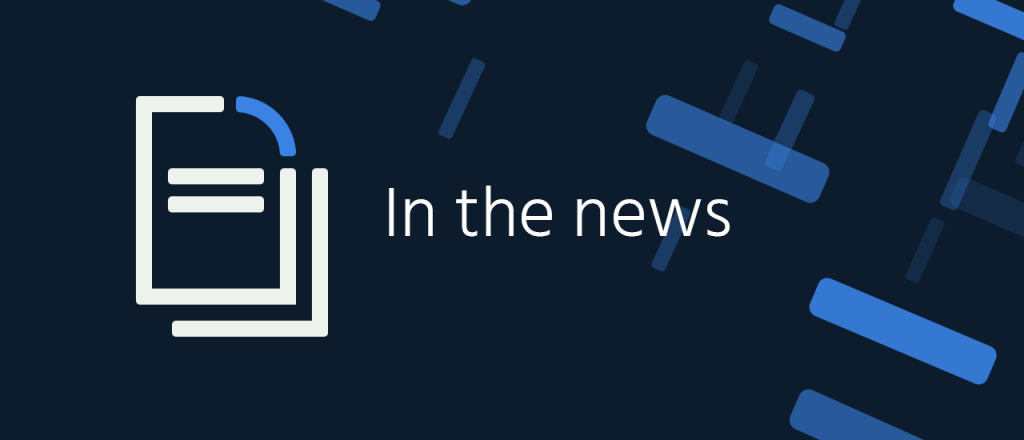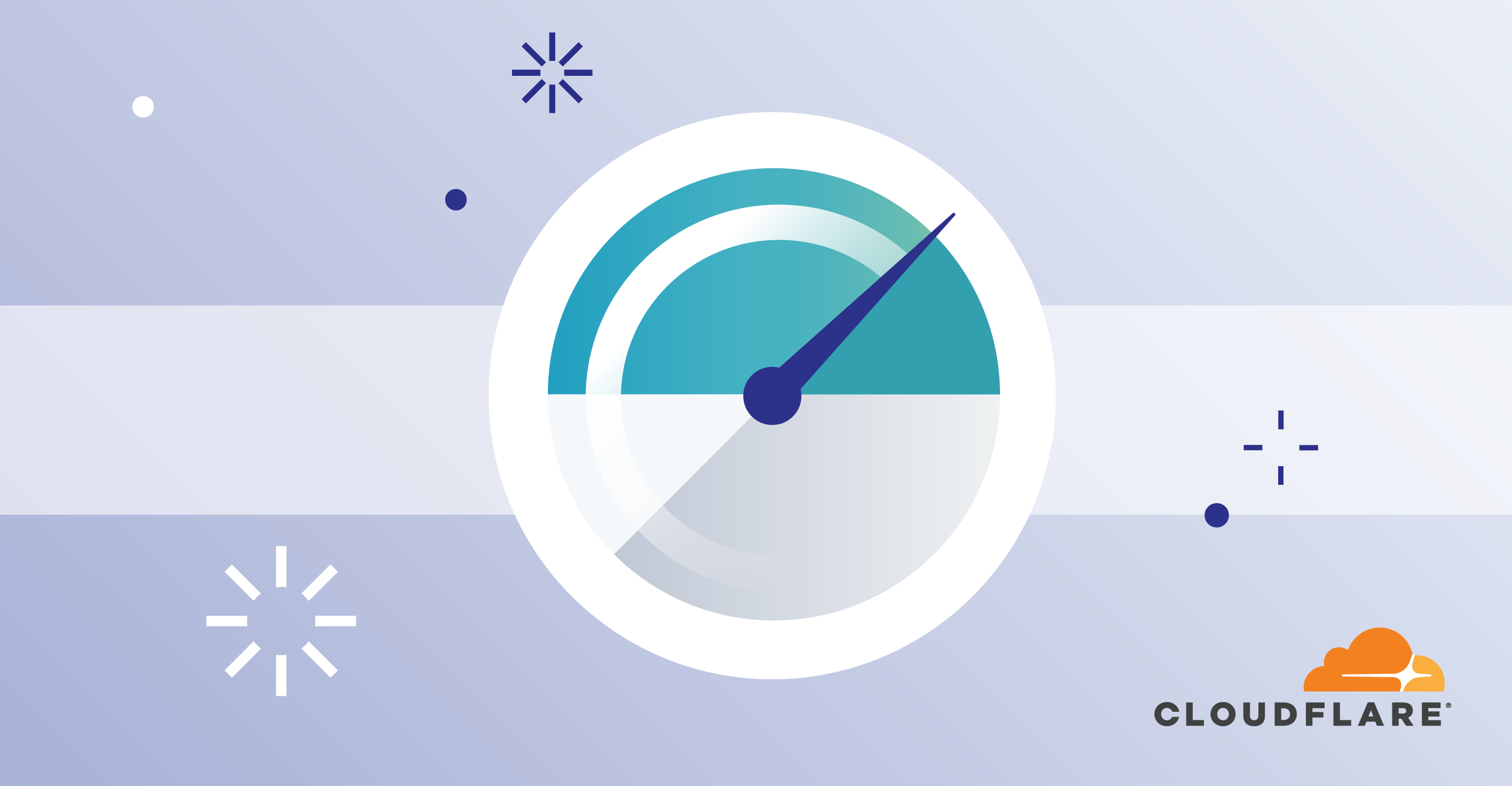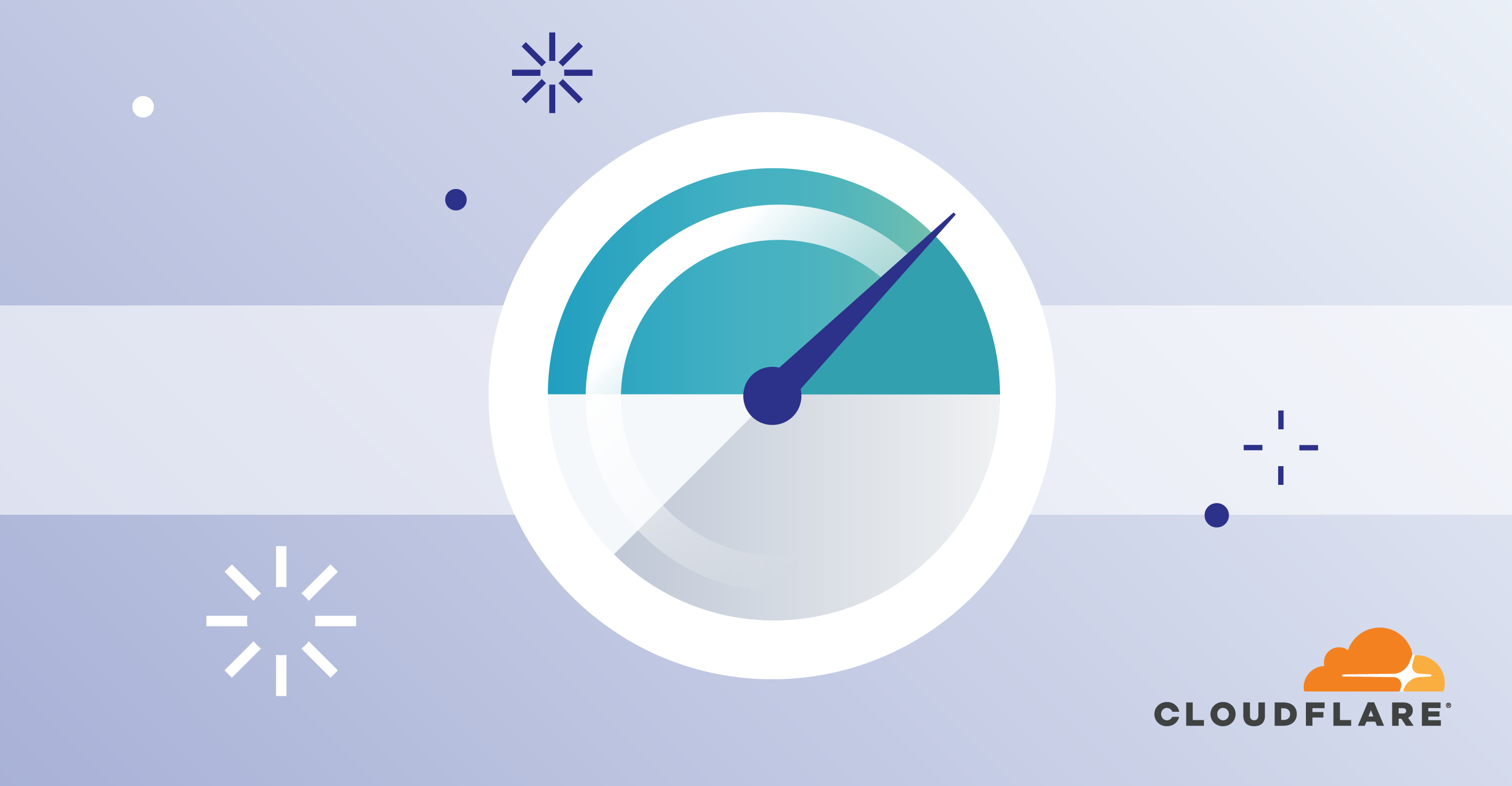Lowering The Temperature Of HPC Storage Tiering
Storage in the ever-expanding HPC space has traditionally been based on temperature. …
Lowering The Temperature Of HPC Storage Tiering was written by Jeffrey Burt at The Next Platform.
Storage in the ever-expanding HPC space has traditionally been based on temperature. …
Lowering The Temperature Of HPC Storage Tiering was written by Jeffrey Burt at The Next Platform.
Safari Books Online just published my latest Livelesson—eight hours of technical yet fundamental training on network transports. I co-authored this one with Ethan Banks (yes, that Ethan Banks). I consider this video series a compliment to the transport chapters in Computer Networking Problems and Solutions.
If you ever wanted to really understand transport protocols … this is your chance.
In the argument between OSPF and BGP in the data center fabric over at Justin’s blog, I am decidedly in the camp of IS-IS. Rather than lay my reasons out here, however (a topic for another blog post?), I want to focus on something else Justin said that I think is incredibly important for network engineers to understand.
I think whiteboards are the most important tool for network design currently available, which makes me sad. I wish that wasn’t true, I want much better tools. I can’t even tell you the number of disasters averted by 2-3 great network engineers arguing over a whiteboard.
I remember—way back—when I was working on the problems around making a link-state protocol work well in a Mobile Ad Hoc Network (MANET), we had two competing solutions presented to the IETF. The first solution was primarily based on whiteboarding through various options and coming up with one that should reduce flooding to an acceptable level. The second was less optimal on the whiteboard but supported by simulations showing it should reduce flooding more effectively.
Which solution “won?” I don’t know what “winning” might mean here, but the solution designed on the whiteboard has Continue reading
In Part 1 of this blog we went into a deep dive that analyzed all of the images stored in Docker Hub, the world’s largest container registry. We did this to give you a better understanding of how our new Terms of Service updates will impact development teams who use Docker Hub to manage their container images and CI/CD pipelines.
Part 2 of this blog post takes a deep dive into rate limits for container image pulls. This was also announced as part of our updated Docker Terms of Service (ToS) communications. We detailed the following pull rate limits to Docker subscription plans that will take effect November 1, 2020:
Docker defines pull rate limits as the number of manifest requests to Docker Hub. Rate limits for Docker image pulls are based on the account type of the user requesting the image – not the account type of the image’s owner. For anonymous (unauthenticated) users, pull rates are limited based on the individual IP address.
We’ve been getting questions from customers Continue reading
At Docker, our mission is to enable developers worldwide to quickly bring their ideas to life by reducing the complexity of application development. While over 6.5 million registered Docker developers are enjoying the benefits of Docker today, we want to scale Docker’s business to the tens of millions of developers who are just discovering Docker. Offering free tools and services is a cornerstone of our mission, and these are funded by our paid subscription services.
In this blog series, we will deep dive into why and how the recently announced Terms of Service changes were introduced. This blog, Part 1, will explore the inactive image retention policy and how it will impact development teams who use Docker Hub for managing their container images. Part 2 will focus on the new rate limits policies that were introduced for image pulls.

A deeper look at Docker Hub images
Delivering containerized applications in a portable, secure, and resource efficient manner also requires tools and services for securely storing and sharing applications with your development team. Today, Docker is proud to offer the world’s largest container registry, Docker Hub, which is used by over 6.5 million developers around the world. Over 15 Continue reading
Take a Network Break! Pass around the virtual pickles as we delve into Arista's new SaaS version of CloudVision, Cisco and Megaport's SD-WAN partnership, new Intent-Based Networking features from Apstra, and more tech news.
The post Network Break 298: Arista Launches CloudVision As A Service; Cisco, Megaport Partner On SD-WAN appeared first on Packet Pushers.

Ban hammer: Facebook has banned banned about 900 pages and groups and 1,500 ads tied to the conspiracy theory QAnon, NBC News reports. QAnon followers believe an anonymous, supposed government insider has warned them about a massive group of satanic cannibals and pedophiles inside the U.S. government. QAnon, militia movements, and violent movements tied to protests will no longer be allowed to buy ads on Facebook, the social media giant said.
That’s really fast: Researchers from University College London have been able to transmit data at 178 terabits per second, The Independent says. That speed is double the speed of any current system being used, and about 20 percent faster than the previous record. With that speed, an Internet user could download the entire Netflix library in just one second.
Cracks in the ‘Net: U.S. President Donald Trump’s campaign against Chinese services TikTok and WeChat could further fracture the Internet, the New York Times reports. “China and the United States once acted like opposites when it came to governing the internet … When President Donald Trump issued executive orders that could lead to a U.S. ban next month on two of the world’s most popular Chinese-made apps, TikTok Continue reading
As one of our customers pointed out, "job events are not showing in Tower UI", causing significant performance issues for users trying to view job status updates. To make Red Hat Ansible Tower more approachable in viewing Real-Time job status updates, we’ve applied the following performance improvements.
Between the 3.6 and 3.7 releases, there have been significant performance advancements to improve event processing, job running performance and the user interface. This work was done in conjunction with our customers and the Red Hat Scale and Performance team. These include:


Cloudflare recently shipped improved upload speeds across our network for clients using HTTP/2. This post describes our journey from troubleshooting an issue to fixing it and delivering faster upload speeds to the global Internet.
We launched speed.cloudflare.com in May 2020 to give our users insight into how well their networks perform. The test provides download, upload and latency tests. Soon after release, we received reports from a small number of users that sometimes upload speeds were underreported. Our investigation determined that it seemed to happen with end users that had high upload bandwidth available (several hundreds Mbps class cable modem or fiber service). Our speed tests are performed via browser JavaScript, and most browsers use HTTP/2 by default. We found that HTTP/2 upload speeds were sometimes much slower than HTTP/1.1 (assuming all TLS) when the user had high available upload bandwidth.
Upload speed is more important than ever, especially for people using home broadband connections. As many people have been forced to work from home they’re using their broadband connections differently than before. Prior to the pandemic broadband traffic was very asymmetric (you downloaded way more than you uploaded… think listening to music, or streaming a movie), Continue reading
The publisher is using a new address for their RSS feed. Please update your feed reader to use this new URL:
Justin Pietsch published a fantastic recap of his experience running OSPF in AWS infrastructure. You MUST read what he wrote, here’s the TL&DR summary:
Dinesh Dutt made similar claims on one of our podcasts, and I wrote numerous blog posts on the same topic. Not that anyone would care or listen, it’s so much better to watch vendor slide decks full of latest unicorn dust… but in the end, it’s usually not the protocol that’s broken, but the network design.
The official documentation to automatically upgrade and configure on first boot a Cisco switch running on IOS, like a Cisco Catalyst 2960-X Series switch, is scarce on details. This note explains how to configure the ISC DHCP Server for this purpose.
When booting for the first time, Cisco IOS sends a DHCP request on all ports:
Dynamic Host Configuration Protocol (Discover)
Message type: Boot Request (1)
Hardware type: Ethernet (0x01)
Hardware address length: 6
Hops: 0
Transaction ID: 0x0000117c
Seconds elapsed: 0
Bootp flags: 0x8000, Broadcast flag (Broadcast)
Client IP address: 0.0.0.0
Your (client) IP address: 0.0.0.0
Next server IP address: 0.0.0.0
Relay agent IP address: 0.0.0.0
Client MAC address: Cisco_6c:12:c0 (b4:14:89:6c:12:c0)
Client hardware address padding: 00000000000000000000
Server host name not given
Boot file name not given
Magic cookie: DHCP
Option: (53) DHCP Message Type (Discover)
Option: (57) Maximum DHCP Message Size
Option: (61) Client identifier
Length: 25
Type: 0
Client Identifier: cisco-b414.896c.12c0-Vl1
Option: (55) Parameter Request List
Length: 12
Parameter Request List Item: (1) Subnet Mask
Parameter Request List Item: (66) TFTP Server Name
Parameter Request List Item: (6) Domain Name Server
Parameter Request List Item: Continue readingHello my friend,
Recently we have learned how to use the external modules to make your Python’s code more powerful. At some point, perhaps already now, you started creating user-defined functions so good that you would like to re-use them in other projects.
Network automation is one of the most important things named by CIOs in Gather’s research. As such, the companies are (and will be) looking for the experts, who are able to develop new solutions and find creative ways to improve networks’ efficiency via automation. And we are keen to help you with that?

At our network automation training, either self-paced or instructor lead, you will learn the leading technologies, protocols, and tools used to manage the networks in the busiest networks worldwide, such as Google data centres. However, once you master all the skills, you will be able to automate the network of any scale. You will see the opportunities and you will exploit them.
Secret words: NETCONF, REST API, gRPC, JSON , XML, Protocol buffers, SSH, OpenConfig, Python, Ansible, Linux, Docker; and many other wonderful tools and techniques are waiting for you in our training!
Don’t miss opportunity to start your network Continue reading
When we said thirteen weeks ago that we thought that Nvidia’s datacenter business would be its largest operating division before too long, we didn’t think it would only take a quarter to do that. …
The Local Maxima Ascension Of Datacenter At Nvidia was written by Timothy Prickett Morgan at The Next Platform.
Today's Heavy Networking dives into sponsor Arrcus's Virtualized Distributed Router, new software that transforms the monolithic chassis that can scale to thousands of ports while being operated and managed like a single device. Our guests are Murali Gandluru, Keyur Patel, and Nalin Pai from Arrcus.
The post Heavy Networking 536: Arrcus Reimagines The Chassis Router With Its Virtualized Distributed Router (Sponsored) appeared first on Packet Pushers.